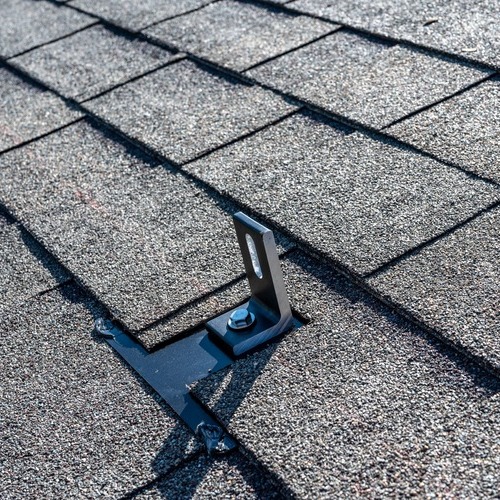
Why do roof drains leak?
A roof needs a suitable drain because if it isn’t draining, water has to go somewhere. Therefore, it’s necessary to get roof drain repair done as soon as you notice issues. This is especially important during the spring and winters we experience here in the Canton, Georgia, area. You will commonly find roof drains on flat roofing structures. The roof drain receives water that collects on the roof surface and discharges it onto the ground, a combined sewer system, or a storm drainage system. If the roof drains malfunction, this can lead to severe roof leaks, making roof drain repairs incredibly important, especially on flat roofing systems.
What leads to the need for roof drain repairs?
You may notice the need for roof drain repairs if you have roofing problems such as leaks. Some things that can contribute to roof repairs and roof drain repairs include:
- Leaking Roofs: Not all leaking roofs are immediately apparent, but a professional roof inspection can find hidden problems. If you notice a leak, addressing it as soon as possible is essential. The roof may need repair or replacement, though you may also need roof drain repairs.
- Metal Roofing: All roofing materials can have problems, and metal roofing isn’t an exception. If the roof drain isn’t working properly, rain can seep in between the seams and under the flashing and fasteners. If the drains and gutters aren’t working correctly, you may need a metal roof and drain repairs.
- Synthetic Roof Underlayment: The underlayment, installed on the roof decking and roofing shingles, provides a layer of protection against water seepage that can lead to more damage within your home. If the gutters and drains aren’t working right, you should have the roof inspected for possible roof drain repairs.
- The Gutters: As you’ve probably gathered by now, gutters are essential for a healthy, properly draining roof. This includes having any roof drain repairs done when problems are found. The gutter system is only as good as the drains. Broken roofing shingles can also require roof drain repair. The shattered pieces can get washed into the gutter runs and clog the roof drains. Repairing this starts with clearing the clog, finding the damaged shingles, and replacing them as needed.
As asphalt shingles wear, the granules fill the gutter runs and eventually clog the roof drains. Even when the gutters are cleaned regularly, they can damage the roof drain, and repairs will go beyond the gutters and drains if you aren’t on top of this issue.
What is the difference between primary and secondary roof drains?
A properly installed and working roof drain system will consist of a primary and a secondary roof drain. They work in conjunction with each other and with gutter runs if the structure has these installed.
A secondary roof drain connects the vertical piping to the primary storm drainage conductor downstream of the last parallel offset just below the roof.
The primary drain is the storm drainage connected to the structure. The water drainage goes into the underground public storm sewer system.
If any part of this roof drain system is broken or clogged, it is essential to get roof drain repairs promptly. When ignored or repairs are delayed, they can cause ponding on a flat roof or water backing up under the roofing material of a sloped roof, creating leaks and further damage.
How do you unclog a roof drain?
There are a few different methods for unclogging a roof drain. First, you need to remove any loose debris on top of the drain. If you’re lucky, that is the only problem causing the clog!
Next, look inside the drain with a flashlight and see if you can tell what is causing the blockage. If you see a bird or critter nest, call a professional to clear the clog and make any necessary roof drain repairs.
One option for clearing a clogged roof drain is using a garden hose at full blast to push any debris causing the blockage out. Push the hose down further into the drain for extra force.
If the water hose didn’t clear the clog, another option is to use a long pipe brush along with the water hose. Keep pushing the brush into the drain until you can’t reach any further. Then, use the garden hose method.
Keeping It Clear Is Key
Monthly roof inspections should include the drain using the flashlight as described above. By keeping the roof drain clear, you’ll minimize the need for professional roof drain repair service.
